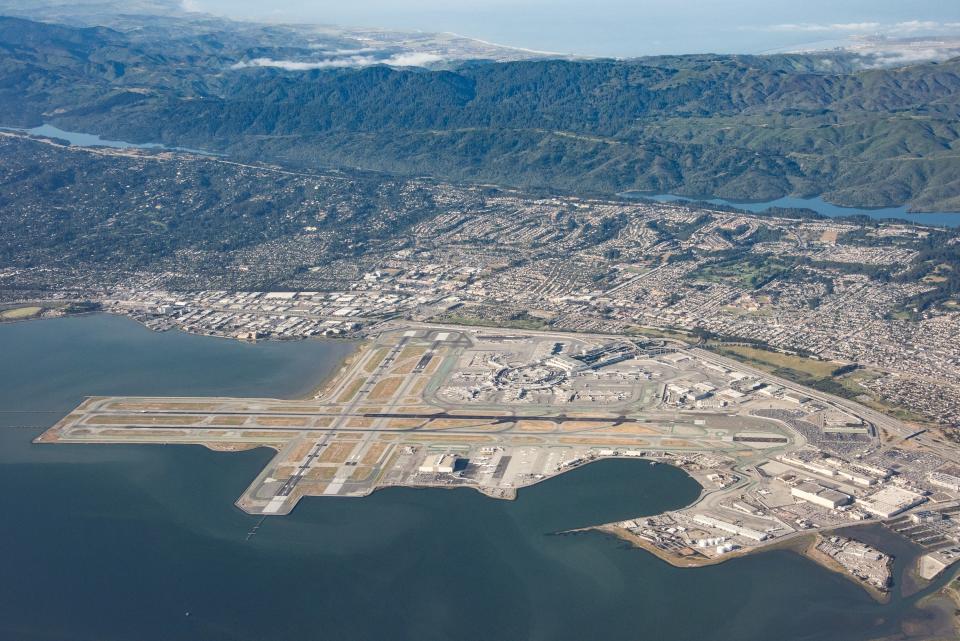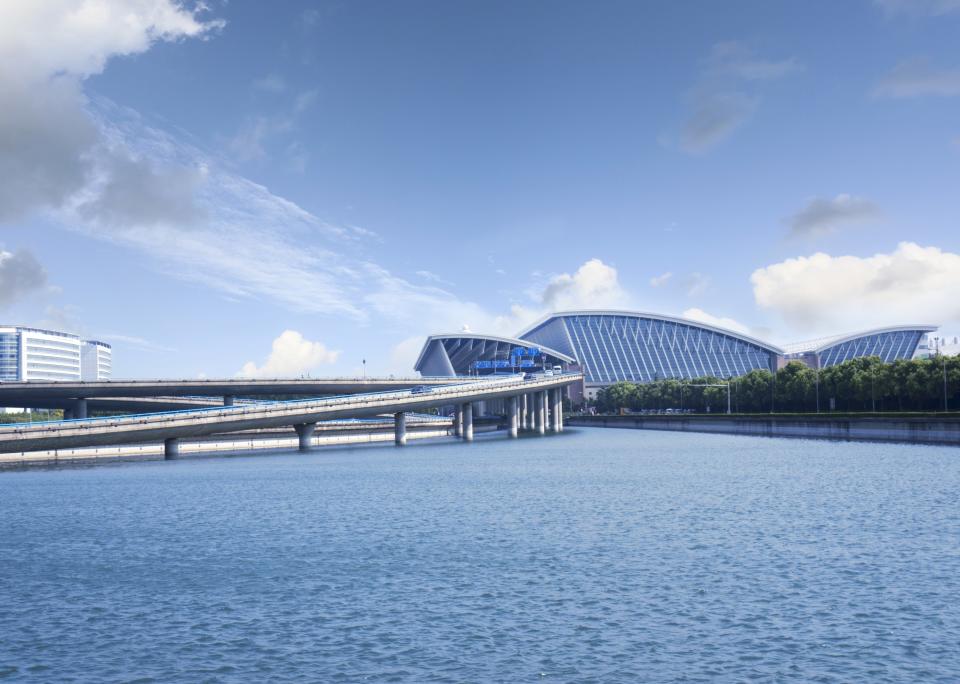Unlikely Victims of Climate Change Include Major International Airports
All it takes is a glance at a current satellite image of the Earth to recognize that we're currently in the midst of several meteorological events. A wide-ranging cluster of clouds indicates a typhoon that has hit the Philippines; on the other side of the world, Hurricane Florence has ravaged parts of the U.S. East Coast; tropical storms Helene and Joyce are both swirling in the Atlantic Ocean (roughly halfway between North America and Europe); and tropical storm Isaac continues on its path in the Caribbean.
Hurricanes form exclusively over warm water. This fact is significant when one remembers that climate change has been causing our oceans’ water temperatures to rise. When warm air moves up into the atmosphere over the ocean, colder air fills the gap between the warmer air and the water. This creates the swirling action we witness on satellite images. The clouds in a hurricane cause the rain system to dump tremendous amounts of water once the storm hits land. Both Hurricane Harvey (which devastated Texas in 2017) and Hurricane Maria (which ravaged Puerto Rico in the wake of Harvey), as well as the more recent Hurricane Florence, formed in waters that were warmer than they have typically been: Harvey and Maria, which came in from the Gulf of Mexico, were formed in waters that were, on average, roughly two degrees Fahrenheit warmer; Florence was created in ocean waters that were roughly four degrees warmer. All of this points to the sobering fact that warming oceans translate to more powerful, longer-lasting hurricanes.

San Francisco International Airport
While the above-mentioned storms were significant, both in lives lost and property destroyed, their city airports were positioned farther away from the water, causing less structural damage than would have otherwise occurred. Other airports won't be as lucky. Take Hurricane Sandy, for example, which left three major airports around New York City crippled for days in 2012. More recently, Japan's Kansai International Airport (pictured at the top of the article) was devastated by a typhoon that swept through the country.

Shanghai pudong international airport
There is a degree of irony that the industry that could be among the most affected by climate change and rising sea levels is one of the main contributors to the grave problem.
According to the U.S. Environmental Protection Agency, nearly 30 percent of 2016 greenhouse gas emissions were generated by the transportation sector (cars, trucks, ships, and airplanes). What's more, a study by the International Civil Aviation Organization has predicted that by 2050, emissions from international air travel will triple.
According to reports from the Airports Council International and OpenFlights, a significant number of the world's busiest airports are located 32 feet above sea level. And many of those airports—such as San Francisco, New York's John F. Kennedy International, and Shanghai—are located right on the water, with at times a mere 16 feet separating their infrastructure from sea level.
China Airlines Cargo Boeing 747 lines up at JFK Airport
The reason architects designed these airports near the water was the simple fact that fewer obstacles for planes during take-off and landing meant a more functional operation (not to mention fewer noise complaints). Furthermore, many of these coastal airports were designed half a century ago, before climate change was a concern to be reckoned with during the design process. So what's the solution? Some airports, such as New York's La Guardia, have updated their drainage systems and added flood walls near runways. Yet the problems will only be exacerbated if we continue down the path of heating our planet with fossil fuels.
